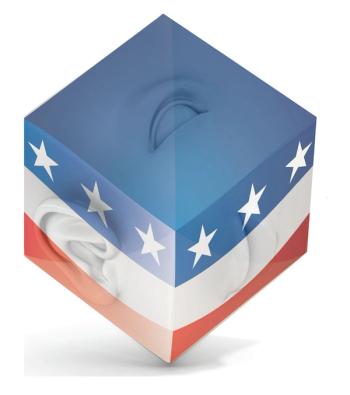
For too long the treatment needs of the seriously mentally ill have been ignored by SAMSHA, and this needs to change, says this psychiatrist.

For too long the treatment needs of the seriously mentally ill have been ignored by SAMSHA, and this needs to change, says this psychiatrist.
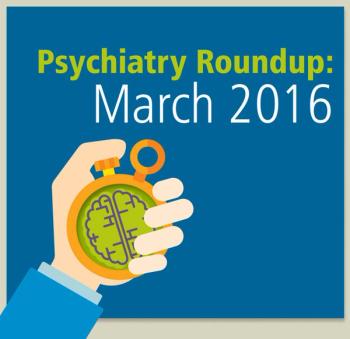
Editors' choices of noteworthy psychiatry stories from around the Web: genetics of schizophrenia, Alzheimer disease, the perils of mixing prescription and over-the-counter medications, new guidelines for treating pain with opioids, and other topics.
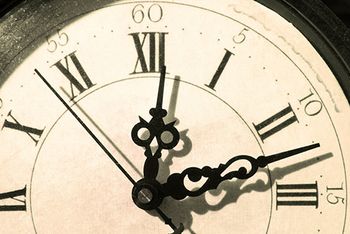
For a change, here is some very good news coming from several fronts. "It’s almost like science fiction, but it’s real."
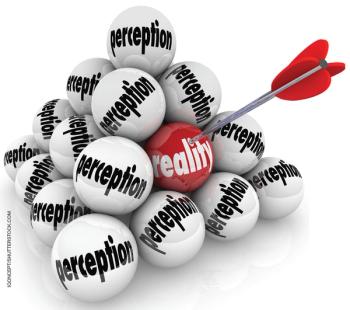
Setting the record straight on the burgeoning field of reproductive psychiatry.
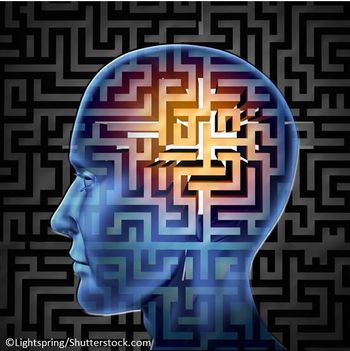
ECT has been an acute intervention for patients with severe resistant MDD, but what is its effect on brain volume?

Many teens believe the only way to escape bullying is "not to be here." The author examines recent studies that demonstrate the problem isn't going away.
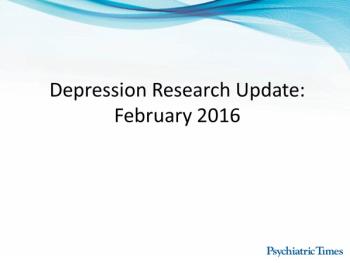
Three new studies show the effects of depression-and its treatment-on the brain.

This method of administration can mitigate the psychotomimetic and dissociative effects of ketamine.

The research on electronic aggression among college students indicates that it is highly prevalent, with over 93% of college students reporting some negative effects due to electronic victimization.
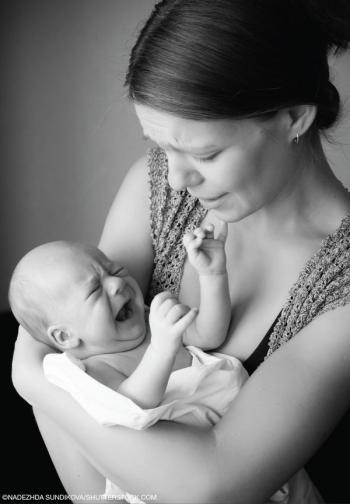
The authors examine the potential areas of concern during the postpartum period, as well as practical approaches to differential diagnosis and treatment.
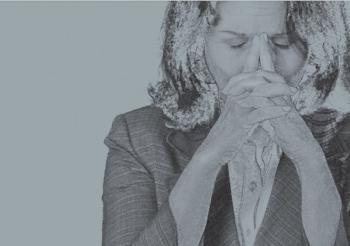
A personal account by a psychiatrist who has battled depression.

Neuroinflammation may be a culprit in the development of psychosis. What are the clinical implications?

How do the 3 FDA-approved dopamine receptor partial agonists for the treatment of MDD and other psychiatric disorders stack up against each other?
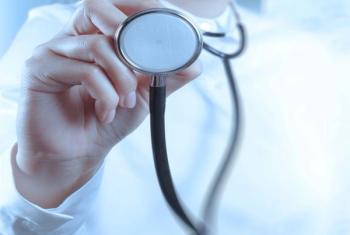
A new finding that may help optimize the treatment of major depressive disorder.

Before flibanserin, there were no FDA-approved treatments for hypoactive sexual desire disorder. The authors clarify the intricacies of an HSDD diagnosis and discuss implications for treatment.
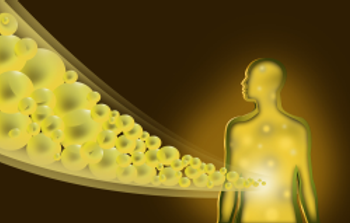
Psychiatrists increasingly recognize that not all treatments for depression are created equal-but in this case, an entirely different diagnosis came to light.

The challenges in providing mental health care to the college community are significant. Here's a brief look at the issues.

The author scrutinizes the results of a new pilot study that finds the Fisher Wallace Stimulator® effective in treating bipolar depression.

This article summarizes clinically relevant advances in the psychiatric care of women during and after pregnancy, including recent changes in how the FDA classifies pregnancy risk for medications, and best practices in perinatal psychopharmacology.
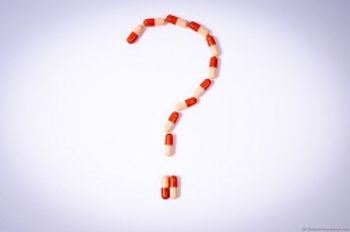
Researchers conducted a clinical trial comparing light therapy with antidepressant monotherapy. Here's what they found.

There is no one-size-fits-all solution to how people and cultures should respond to overwhelming stress, depression, and trauma.
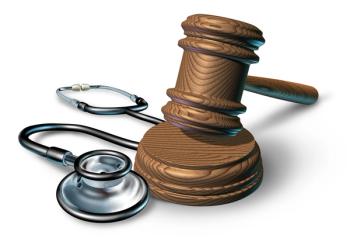
Although college students are in many ways similar to any patient in their age group, their environment and stressors differ in significant ways. The authors identify issues to consider in assessing and managing suicidality in this population.
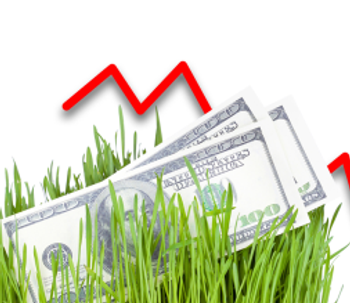
Researchers looked into the efficacy and value of TMS for treatment-resistant depression.

If serotonin was once American psychiatry’s “high school crush,” the field now appears wedded to a more mature model of biological and psychosocial understanding.

Comorbid medical symptoms, polypharmacy, and cognitive decline are hallmarks of depression in the fastest growing segment of the population.